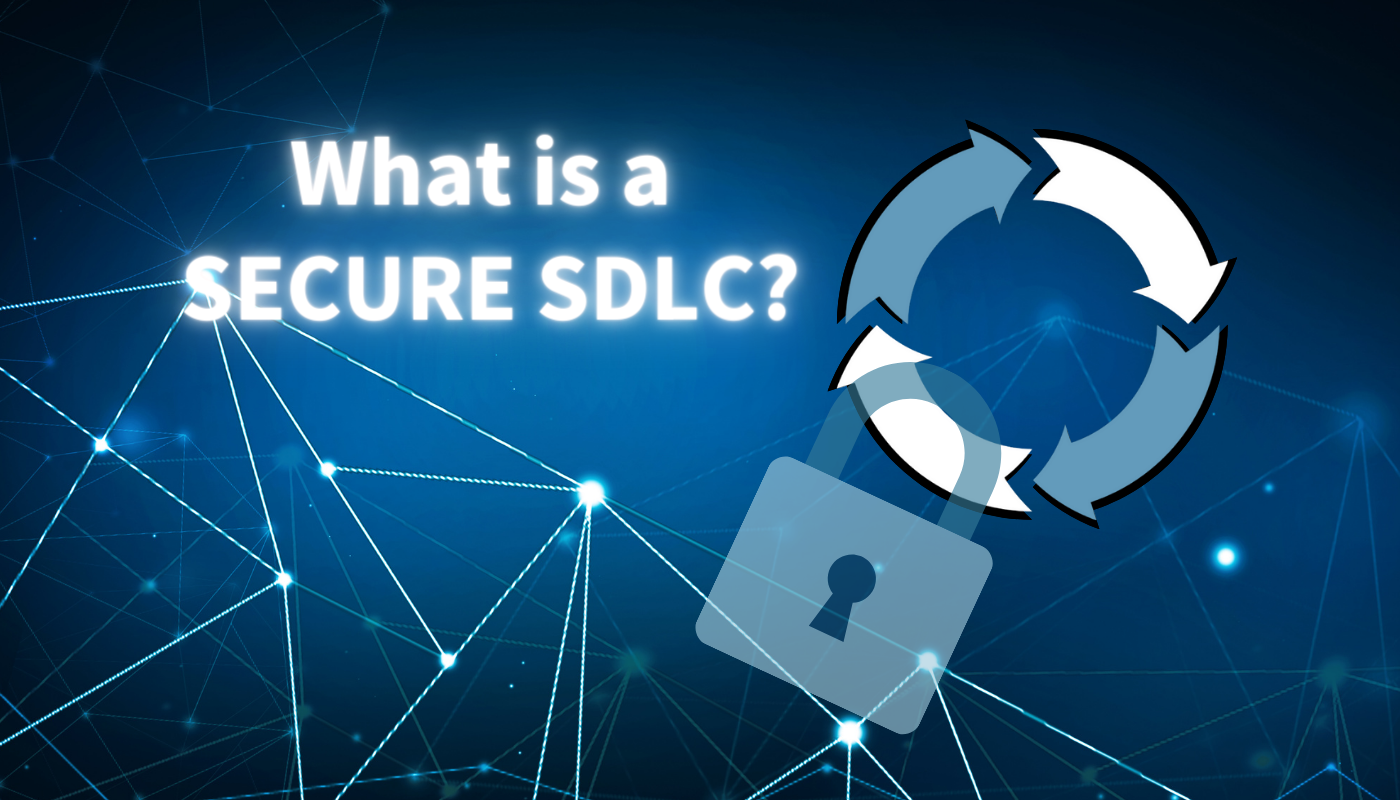 By: John Abhilash / July 29, 2024
By: John Abhilash / July 29, 2024
In today’s digital landscape, where cyber threats are increasingly sophisticated and pervasive, integrating security throughout the Software Development Life Cycle (SDLC) has become paramount. This comprehensive guide focuses on implementing security in SDLC phases, providing tech professionals with the knowledge and tools necessary to develop robust, secure software applications. By incorporating security in SDLC phases from the initial planning stages through to ongoing maintenance, organizations can significantly reduce vulnerabilities, mitigate risks, and build trust with their users. This article will explore each phase of the SDLC, highlighting key security considerations, best practices, and practical techniques to ensure a secure development process.
The concept of security in SDLC phases refers to the systematic integration of security practices throughout every stage of software development. This approach, often called “Security by Design,” ensures that security is not an afterthought but a fundamental aspect of the entire development process. By implementing security measures at each phase, organizations can:
Identify and address potential vulnerabilities early
Reduce the cost of fixing security issues
Improve overall software quality and reliability
Meet compliance requirements more effectively
Build customer trust through enhanced security
The SDLC typically consists of several phases: Planning, Requirements, Design, Implementation, Testing, Deployment, and Maintenance. Each phase presents unique security challenges and opportunities. By understanding and addressing these phase-specific concerns, development teams can create a comprehensive security strategy that evolves with the project.
2.Planning Phase: Laying the Security Foundation
The planning phase is crucial for establishing a strong security foundation for the entire SDLC. During this stage, project managers and stakeholders should:
Define security goals and objectives:
Identify critical assets and data that need protection
Determine security compliance requirements (e.g., GDPR, HIPAA)
Set security benchmarks and success criteria
Assess project risks:
Conduct a preliminary risk assessment
Identify potential threats and vulnerabilities
Evaluate the impact of security breaches
Allocate resources for security:
Budget for security tools and technologies
Plan for security training and awareness programs
Assign roles and responsibilities for security tasks
Establish security policies and procedures:
Define coding standards and security guidelines
Create incident response and escalation procedures
Develop a security review process
By addressing these security considerations during the planning phase, organizations set the stage for a secure development process. This proactive approach ensures that security is integrated into the project’s DNA from the outset, rather than being bolted on later.
3.Requirements Phase: Defining Security Objectives
The requirements phase is where specific security objectives are defined and incorporated into the project’s overall requirements. Key activities in this phase include:
Identifying security requirements:
Functional security requirements (e.g., authentication, authorization)
Non-functional security requirements (e.g., performance, scalability)
Compliance-related requirements
Conducting threat modeling:
Identify potential attackers and their motivations
Map out possible attack vectors and scenarios
Prioritize threats based on likelihood and impact
Defining security use cases:
Create user stories that include security scenarios
Develop misuse cases to understand potential system abuse
Establishing security acceptance criteria:
Define measurable security criteria for each requirement
Set security standards for third-party components and APIs
Example of a security in SDLC phases requirement:
Requirement ID: SEC-001
Title: Secure User Authentication
Description: The system shall implement multi-factor authentication for all user logins.
Acceptance Criteria:
– Users must provide at least two forms of authentication
– Supported factors include passwords, biometrics, and one-time tokens
– Failed authentication attempts must be logged and monitored
– Account lockout should occur after 5 consecutive failed attempts
By clearly defining security objectives during the requirements phase, development teams can ensure that security is an integral part of the software’s functionality and design.
4.Design Phase: Architecting for Security
The design phase is critical for translating security requirements into a robust architectural framework. Key security considerations during this phase include:
Implementing secure design principles:
Principle of Least Privilege
Defense in Depth
Separation of Concerns
Fail-Safe Defaults
Conducting architectural risk analysis:
Identify security flaws in the proposed architecture
Evaluate the impact of design decisions on security
Propose mitigations for identified risks
Designing security controls:
Access control mechanisms
Encryption and key management
Logging and auditing systems
Error handling and exception management
Creating data flow diagrams:
Map out how data moves through the system
Identify trust boundaries and potential attack surfaces
Example of a secure architecture decision:
Decision: Implement API Gateway
Rationale: To provide a single entry point for all API requests, enabling centralized authentication, rate limiting, and monitoring.
Security Benefits:
– Simplified authentication and authorization
– Improved ability to detect and mitigate DDoS attacks
– Enhanced logging and auditing capabilities
5.Implementation Phase: Secure Coding Practices
During the implementation phase, developers must translate security designs into secure code. Key practices include:
Following secure coding guidelines:
Input validation and output encoding
Proper error handling and logging
Secure session management
Safe use of cryptography
Using security-focused libraries and frameworks:
Leverage well-maintained, security-vetted dependencies
Implement security headers and CSRF protection
Conducting regular code reviews:
Use peer reviews to catch security issues early
Employ static analysis tools to identify vulnerabilities
Implementing secure DevOps practices:
Use version control systems securely
Implement least privilege access for build systems
Example of secure coding (in Python):
python
import hashlib
import os
def hash_password(password):
# Generate a random salt
salt = os.urandom(32)
# Use a strong hashing algorithm (e.g., SHA-256)
hashed = hashlib.pbkdf2_hmac(‘sha256’, password.encode(‘utf-8’), salt, 100000)
return salt + hashed
def verify_password(stored_password, provided_password):
salt = stored_password[:32] # Extract the salt
stored_hash = stored_password[32:]
hash_attempt = hashlib.pbkdf2_hmac(‘sha256’, provided_password.encode(‘utf-8’), salt, 100000)
return hash_attempt == stored_hash
6.Testing Phase: Security Testing and Validation
The testing phase is crucial for identifying and addressing security vulnerabilities before deployment. Key security testing activities include:
Conducting various types of security testing:
Static Application Security Testing (SAST)
Dynamic Application Security Testing (DAST)
Interactive Application Security Testing (IAST)
Penetration testing and ethical hacking
Performing specific security tests:
Vulnerability scanning
Fuzz testing
Security API testing
Compliance testing
Validating security requirements:
Ensure all security requirements are met
Verify the effectiveness of implemented security controls
Addressing and retesting vulnerabilities:
Prioritize and fix identified security issues
Conduct regression testing after fixes
Example of a security test case:
Test Case ID: SEC-TEST-001
Title: SQL Injection Prevention
Description: Verify that the application is resistant to SQL injection attacks.
Steps:
1. Identify all input fields that interact with the database
2. Attempt to inject malicious SQL queries into each field
3. Verify that the application sanitizes or parameterizes all inputs
4. Confirm that no unauthorized data access or manipulation occurs
Expected Result: The application should reject or safely handle all SQL injection attempts without exposing sensitive data or allowing unauthorized actions.
7.Deployment Phase: Secure Release Management
During the deployment phase, the focus shifts to ensuring that the application is released and configured securely. Key considerations include:
Implementing secure deployment practices:
Use automated deployment pipelines
Implement proper access controls for production environments
Employ blue-green or canary deployment strategies
Configuring security settings:
Harden server and application configurations
Enable necessary security features and modules
Implement proper SSL/TLS configurations
Managing secrets and credentials:
Use secure secret management solutions
Rotate credentials regularly
Implement Just-In-Time (JIT) access for sensitive operations
Conducting final security checks:
Perform pre-release security scans
Validate security configurations in the production environment
Example of a secure deployment checklist:
1. [ ] Verify all production credentials are properly secured and rotated
2. [ ] Enable Web Application Firewall (WAF) rules
3. [ ] Configure proper CORS and CSP headers
4. [ ] Enable and test error logging and monitoring
5. [ ] Verify SSL/TLS configuration (e.g., using SSL Labs)
6. [ ] Disable unnecessary services and ports
7. [ ] Implement rate limiting on critical endpoints
8. [ ] Conduct post-deployment penetration testing
8.Maintenance Phase: Ongoing Security Monitoring
The maintenance phase focuses on continuous security monitoring and improvement. Key activities include:
Implementing security monitoring:
Set up intrusion detection/prevention systems (IDS/IPS)
Configure security information and event management (SIEM) systems
Establish alert thresholds and response procedures
Conducting regular security assessments:
Perform periodic vulnerability scans
Schedule routine penetration tests
Assess compliance with security policies and standards
Managing patches and updates:
Establish a patch management process
Regularly update dependencies and libraries
Test security patches before deployment
Incident response and recovery:
Develop and maintain an incident response plan
Conduct regular drills and tabletop exercises
Learn from security incidents to improve processes
Example of a security monitoring dashboard:
Security Monitoring Dashboard
– Intrusion Attempts: 23 (Last 24 hours)
– Failed Login Attempts: 156 (Last 24 hours)
– Critical Vulnerabilities Detected: 2 (Last scan)
– Average Time to Patch: 3.5 days
– Compliance Score: 94%
– Incident Response Time: 45 minutes (Average)
9.Tools and Technologies for Enhancing Security in SDLC
To effectively implement security in SDLC phases, organizations can leverage various tools and technologies:
Planning and Requirements:
Threat modeling tools (e.g., Microsoft Threat Modeling Tool, OWASP Threat Dragon)
Risk assessment frameworks (e.g., NIST Cybersecurity Framework)
Design and Implementation:
Static Analysis Security Testing (SAST) tools (e.g., SonarQube, Checkmarx)
Secure coding IDE plugins (e.g., Snyk, Veracode)
Testing:
Dynamic Application Security Testing (DAST) tools (e.g., OWASP ZAP, Burp Suite)
Penetration testing frameworks (e.g., Metasploit, Nmap)
Deployment and Maintenance:
Container security platforms (e.g., Aqua Security, Twistlock)
Cloud security posture management (CSPM) tools (e.g., Prisma Cloud, CloudCheckr)
Continuous Integration/Continuous Deployment (CI/CD):
Security-focused CI/CD tools (e.g., GitLab Security, GitHub Advanced Security)
Infrastructure as Code (IaC) security scanners (e.g., Terraform Sentinel, Checkov)
10.Overcoming Challenges in Implementing Security in SDLC Phases
Despite the clear benefits, organizations often face challenges when implementing security in SDLC phases:
Resistance to change:
Solution: Provide security awareness training and demonstrate the ROI of security integration
Lack of security expertise:
Solution: Invest in training programs and consider hiring dedicated security professionals
Time and budget constraints:
Solution: Emphasize the long-term cost savings of early security integration and use automation to increase efficiency
Balancing security with functionality:
Solution: Adopt a risk-based approach and involve security teams early in the development process
Keeping up with evolving threats:
Solution: Establish a continuous learning culture and leverage threat intelligence services
11.Streamlining Security Insights with ASPM
As organizations implement various security measures and tools throughout the SDLC, managing the influx of security data can become challenging. This is where Application Security Posture Management (ASPM) solutions like Guardian (Bootlab’s flagship solution) come into play. Guardian helps development and security teams by:
Collating results from various security scans (SCA, SAST, DAST, Container , IAC) and tools used across different SDLC phases
Reducing noise by eliminating duplicate alerts and false positives
Providing correlated insightsthat offer a holistic view of the application’s security posture
Enabling teams to prioritize and address the most critical security issues efficiently
By integrating an ASPM solution like Guardian into your security workflow, you can enhance the effectiveness of your security in SDLC phases, leading to more secure and robust applications.
Conclusion:
Integrating security in SDLC phases is no longer optional in today’s threat landscape. By implementing security measures in each phase of the SDLC, organizations can develop more robust, reliable, and trustworthy software. This comprehensive approach not only reduces vulnerabilities and mitigates risks but also leads to cost savings and improved customer confidence. As cyber threats continue to evolve, the ability to build security into every aspect of software development will become an increasingly critical competitive advantage.
Call to Action: Take the first step towards a more secure development process by assessing your current SDLC and identifying areas where security can be enhanced. Implement the practices outlined in this guide, starting with the planning and requirements phases. Stay informed about the latest security trends and tools, and foster a culture of security awareness within your development team. Remember, security is an ongoing process – continually refine and improve your approach to stay ahead of potential threats.
Check Out our Other Resources : Master ASPM :Build a secure strategy
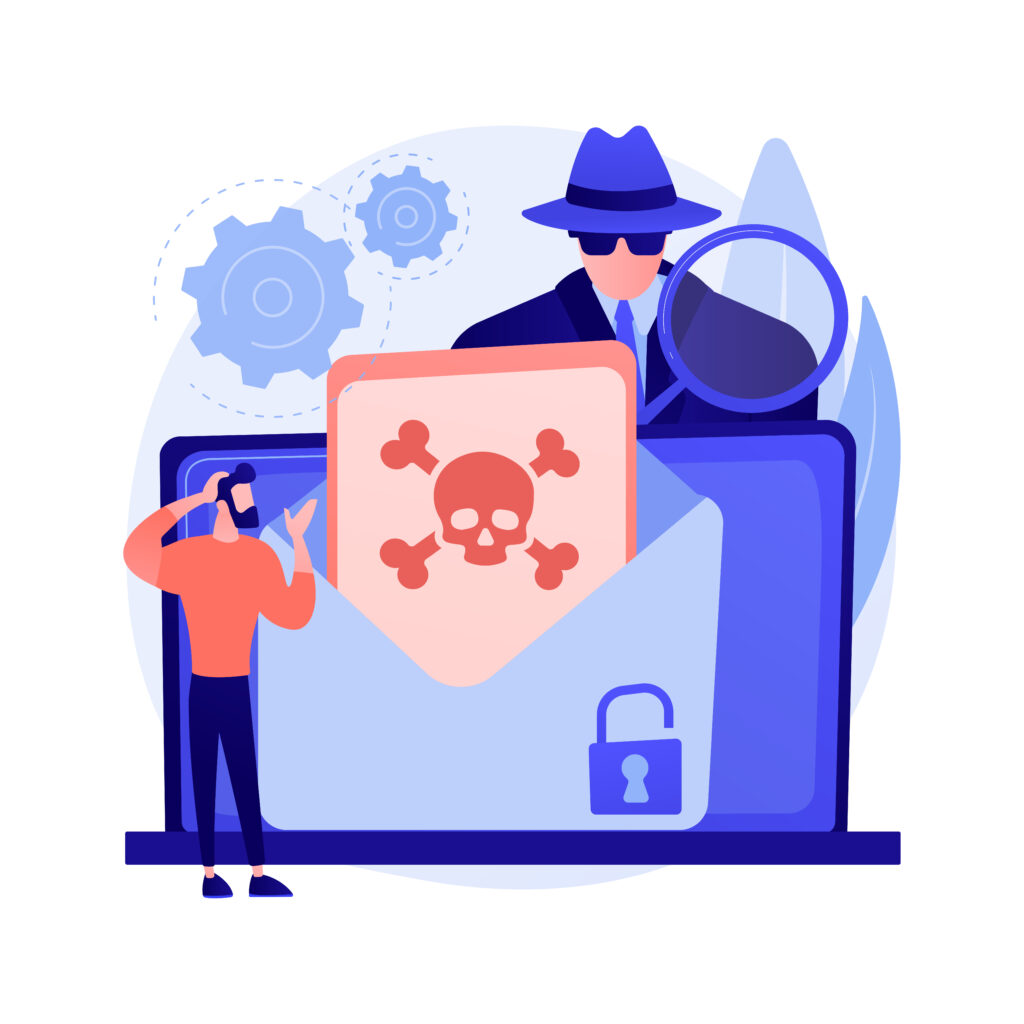

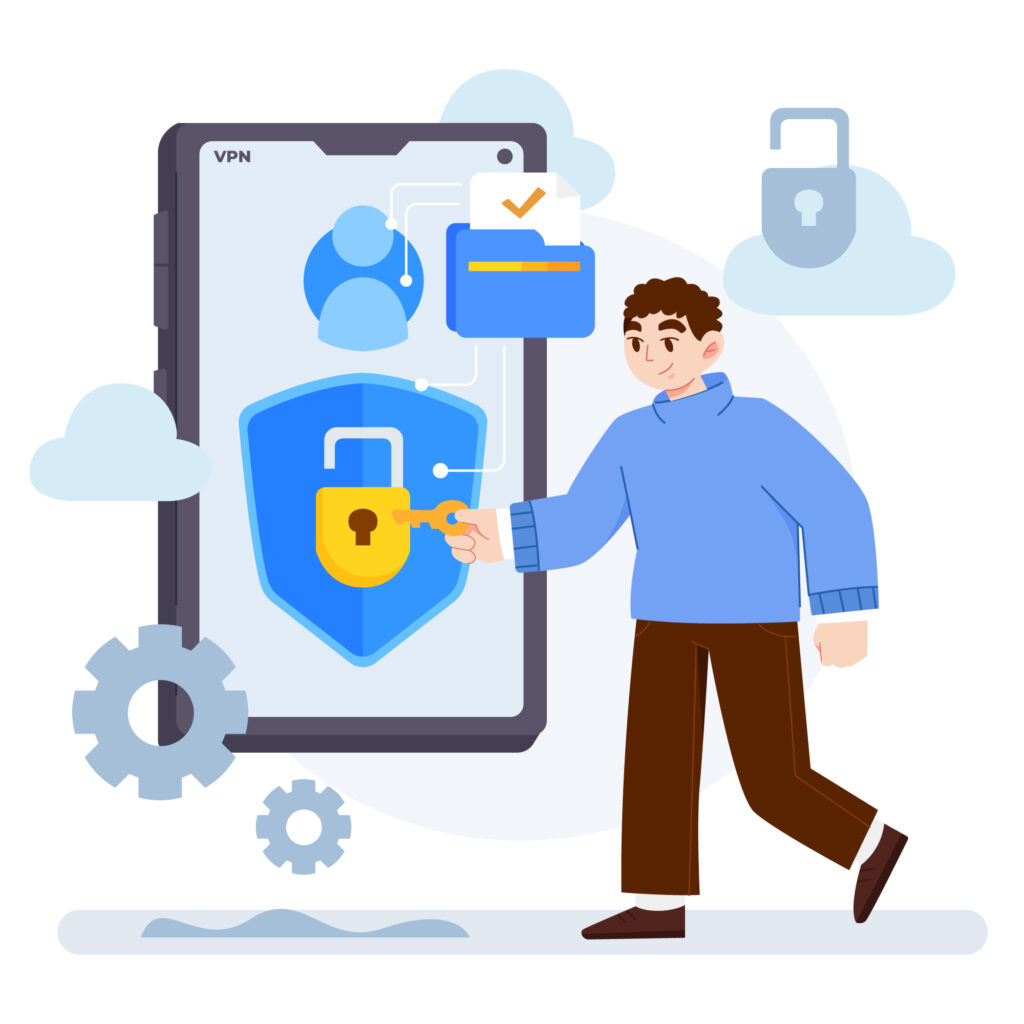
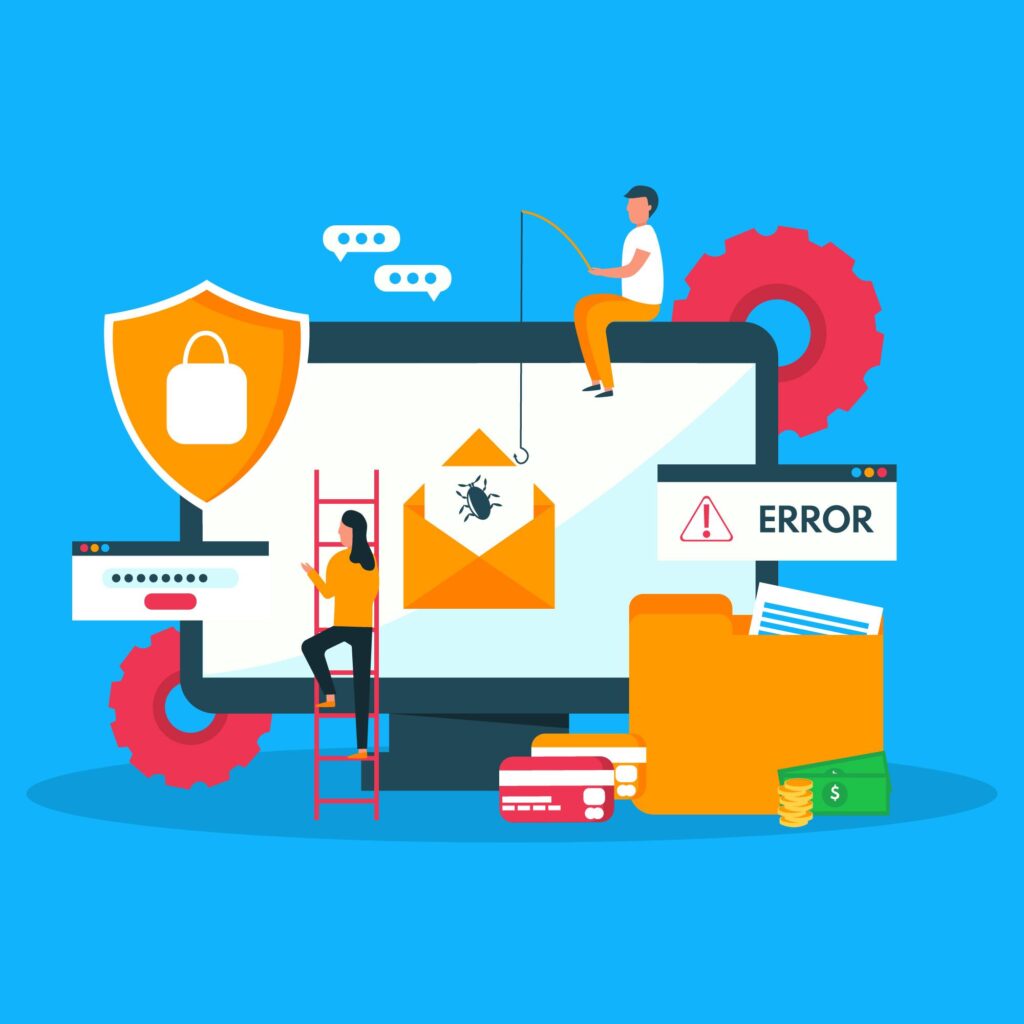

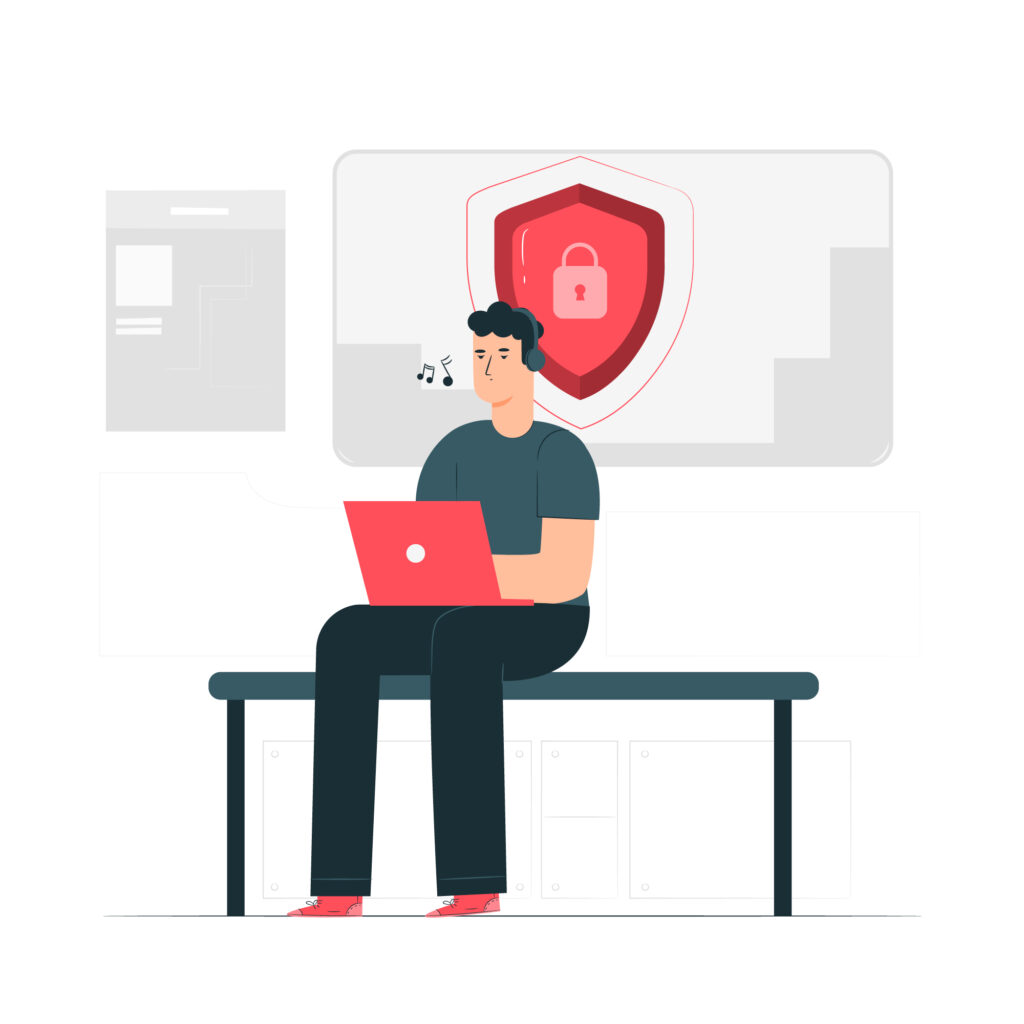

Leave a Comment